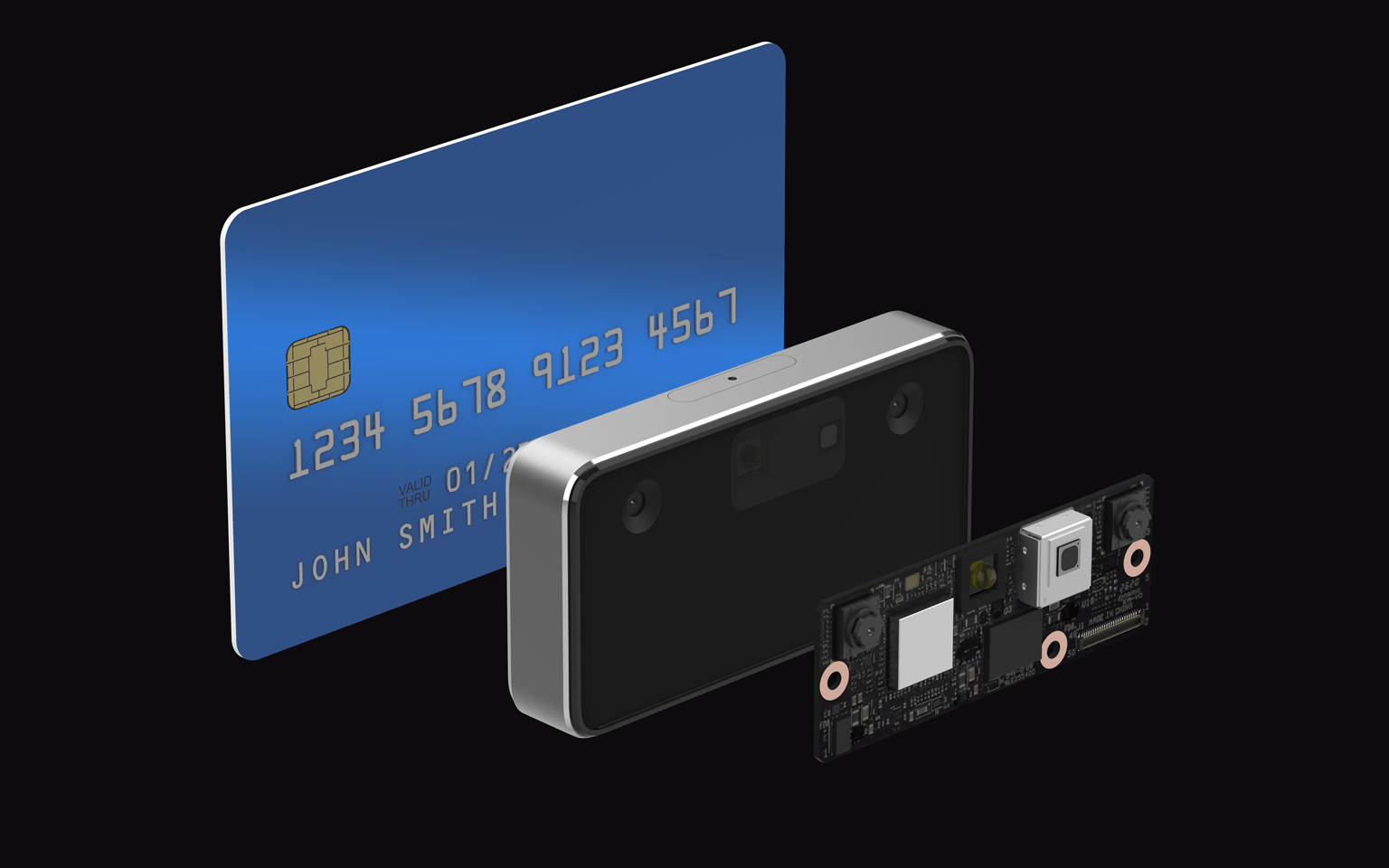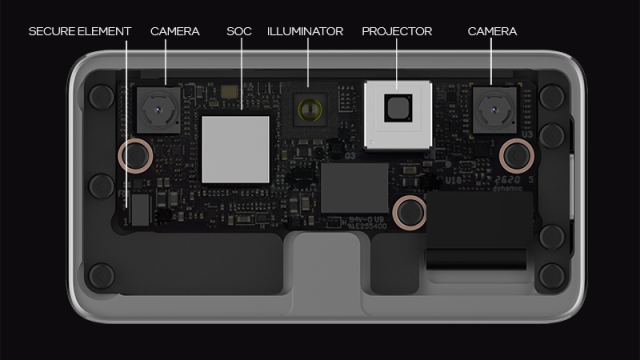Intel announced today that it will make its RealSense 3D cameras available for customers hoping to utilise the tech for faster facial recognition in the form of RealSense ID. The move comes months after competitor Amazon shied away from its own facial recognition program, which has been accused of perpetuating dangerous racial biases and endangering people of colour.
Intel’s move is a little different. Amazon previously sold its Reckognition program to police departments and government organisations. The program was notorious for eliciting false positives and placing minorities in danger. Intel’s RealSense isn’t simply an algorithm applied to data recorded from traditional cameras. It’s a camera combined with a depth sensor that’s capable of recording data in three dimensions, and Intel claims much of the data that could concern privacy advocates will be stored directly on the device, which uses algorithms to positively ID users. This means unique images of you shouldn’t be leaving the confines of the device.
RealSense cameras have been around for over half a decade and are liked by tinkerers for their ability to scan 3D spaces while capturing video data. However, the popularity of alternative products, like Apple’s Face ID, which also combines a camera’s data with data gathered by infrared lasers, have surged in popularity, leaving RealSense without much to do.
Intel’s found uses. At one CES, the company made a scan of me in seconds that was converted into a laser sculpted paperweight. Another year it showed off the ability of RealSense to control a wheelchair with facial gestures. Yet RealSense isn’t typically used by laptop makers to open laptops via facial recognition — most rely on other cameras that work with Windows Hello. Nor is it often found in phones or in devices intended for gesture-based computing.
Now Intel will be selling RealSense cameras as RealSense ID, and it will be available either on a board or in an all-in-one plug and play package. Intel says it’s been tested on a variety of skin types and nationalities on every continent and shouldn’t elicit false positives or negatives — though I’m sure we’ll hear more about that from privacy advocates if RealSense ID starts to take off. It also claims it will work around the masks typically worn to protect against covid-19, with glasses, and even if the subject ages or grows substantial facial hair. In a demo for journalists, Intel showed the camera positively identifying someone regardless of what they were wearing on or around their face but failing when a picture of the person was used on a phone. Intel claims it’s more spoof-proof than competing facial recognition tech with a chance of false detections being one in a million — on par with the claimed rate of Face ID.

While Intel has repeatedly obliquely compared the RealSense camera to those found in consumer devices, the new module and board aren’t expected to be used in a laptop or a phone. Intel was reluctant to talk about possible integration with Windows Hello and instead said the camera could be used alongside a smart lock to open doors, or even with an ATM in lieu of a debit card.
Intel apparently envisions RealSense ID as a solution for fast authentication in the real world. Which has me a little wary. Is a one-in-a-million chance of a false ID enough security to make you comfortable getting money out of your bank account with just your face, or getting through security at the airport? Intel does say the facial ID data is image-free and capable of only being read by the RealSense ID algorithm, and the system-on-chip built into the product, and it does not appear that it will be used quite like Amazon’s Reckognition and some other facial recognition tech that has raised the ire of privacy advocates (though there’s no word yet on if law enforcement is interested or how it would even use it). Still, Intel, and its partners, will have a long, long way to go to make consumers comfortable with scanning their face to open a door.
